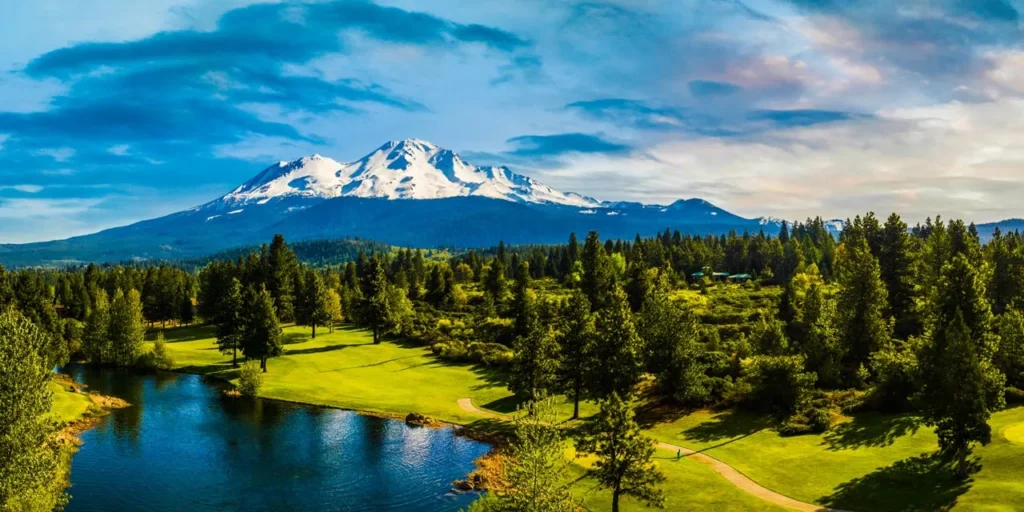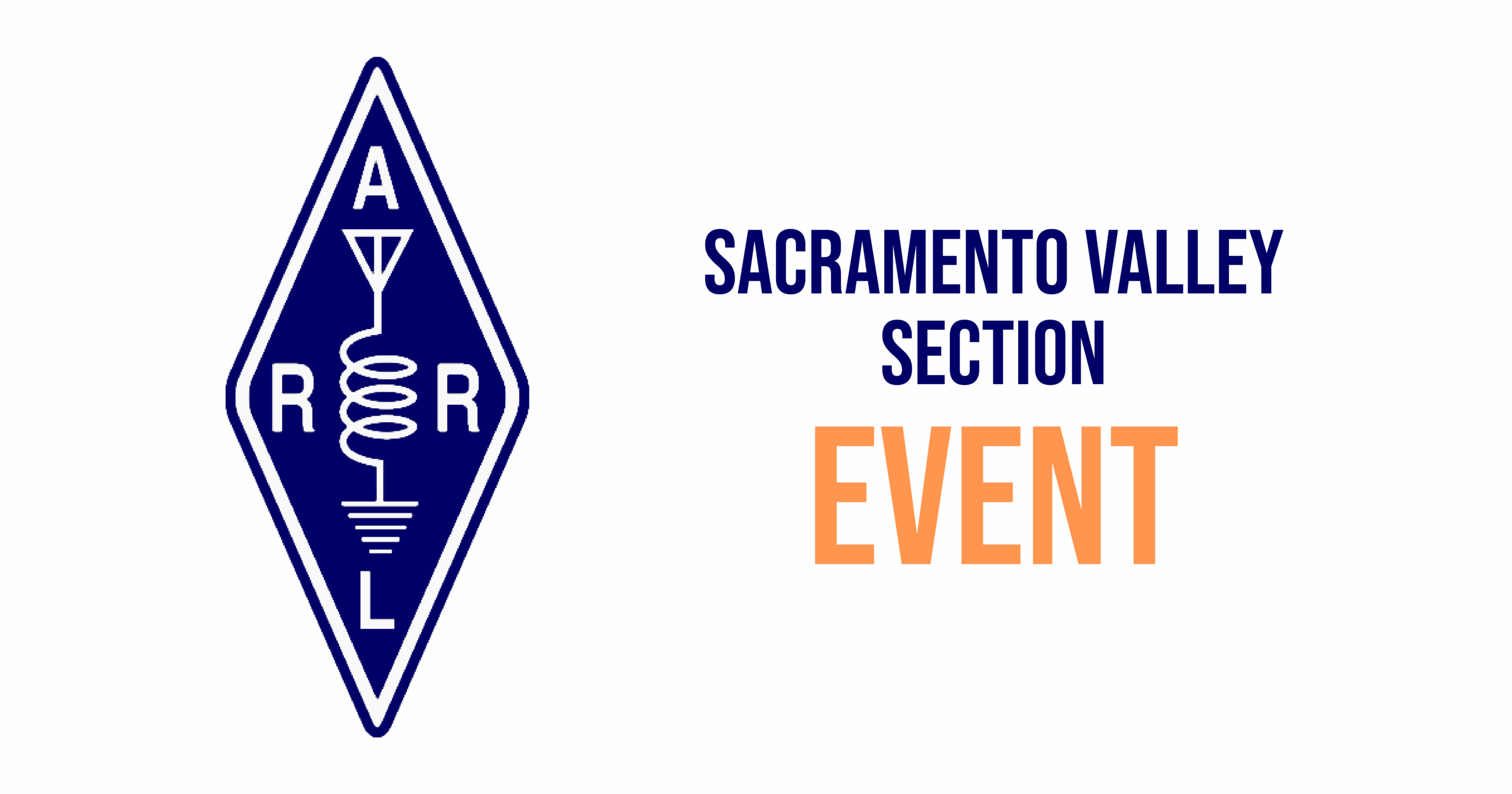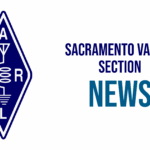-
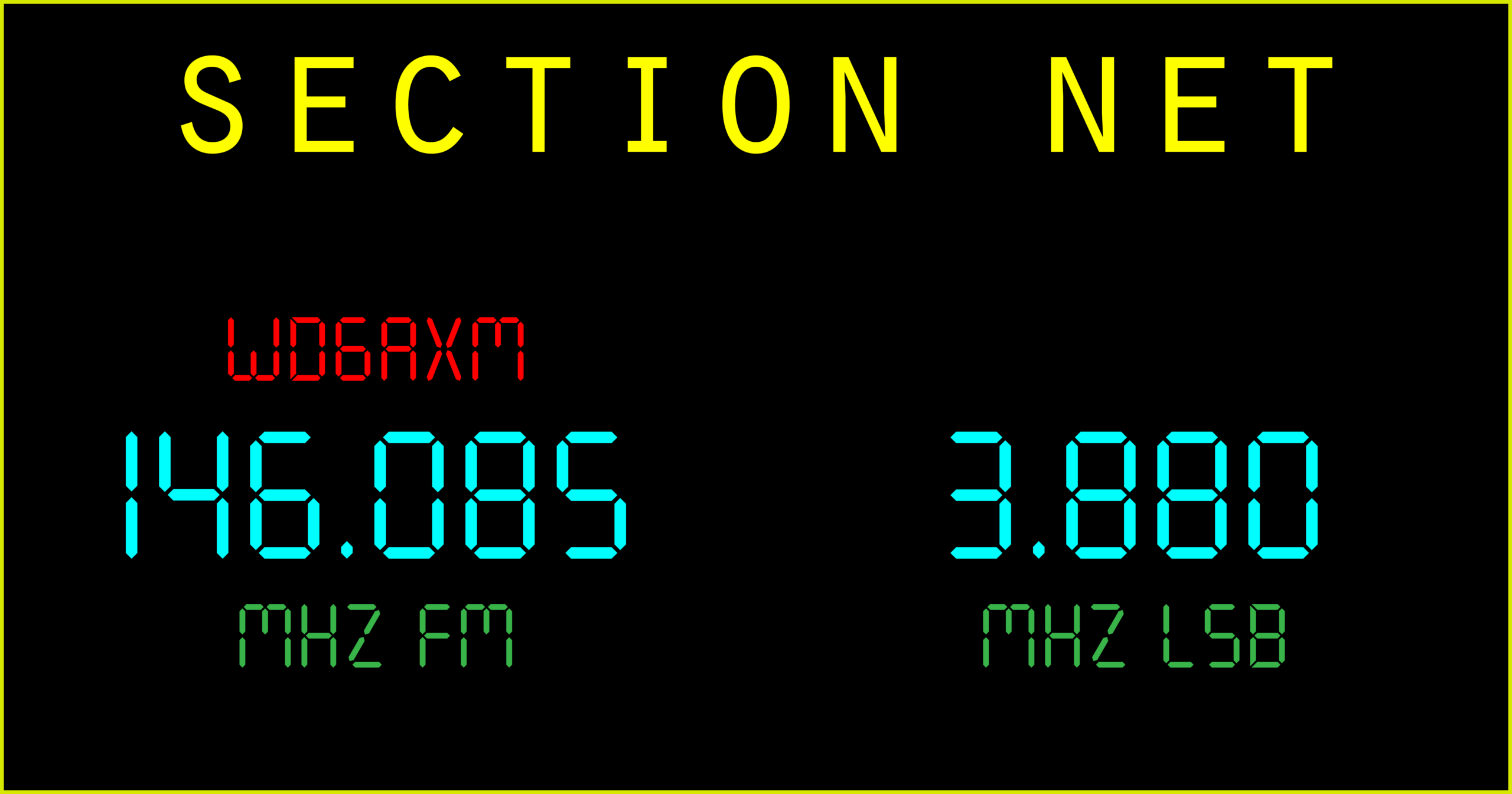
Section Net – 2025 August 21
Our Thursday evening, August 21, ARRL Sacramento Valley Section VHF and HF Nets will be conducted,…
-
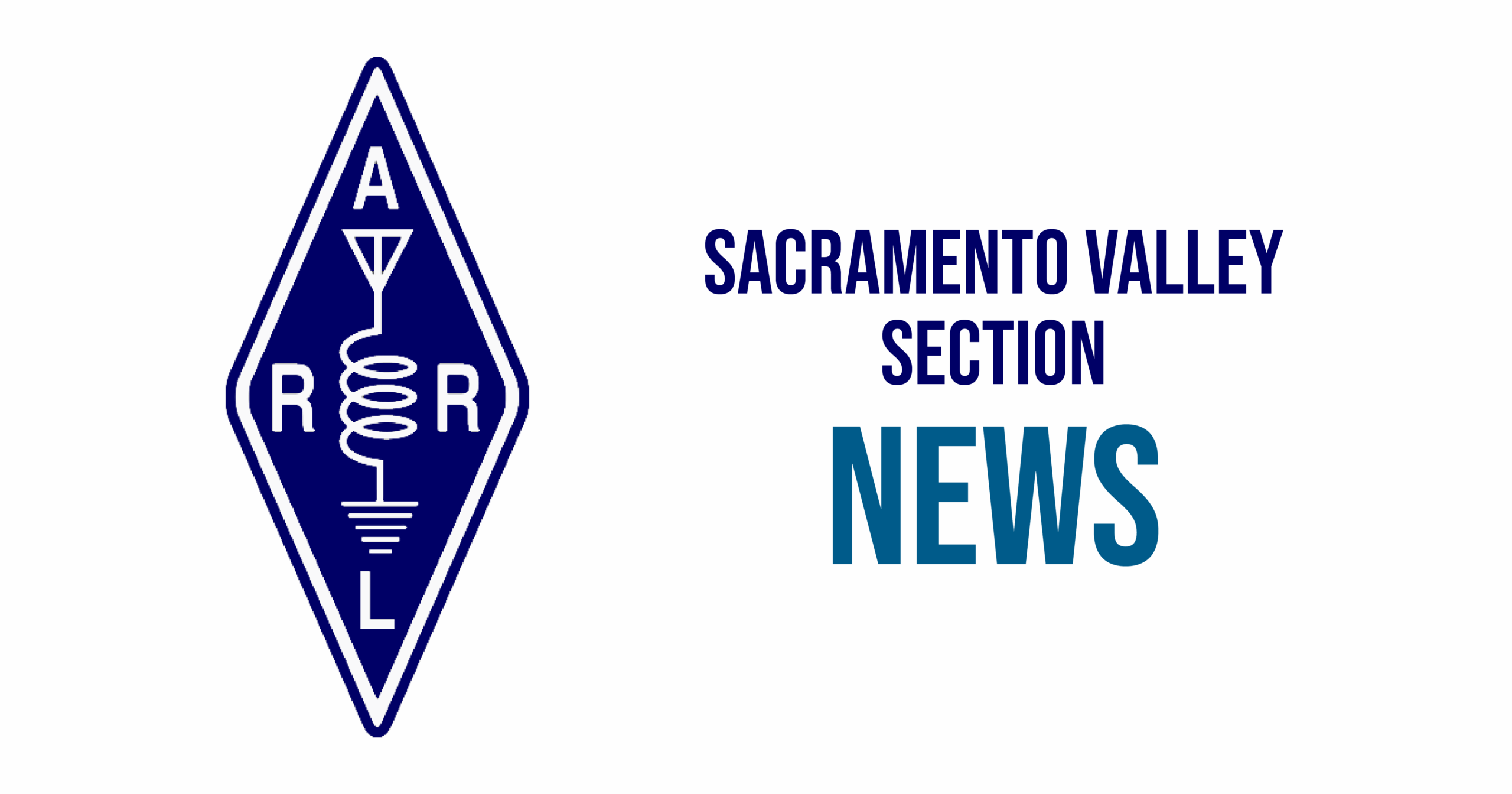
Changes in the ARRL Sacramento Valley Section and Pacific Division
ARRL relies on volunteers who serve on our Board of Directors and as managers of the…
-

Sacramento ARES – Great American Triathlon
The Sacramento ARES team continued their tradition of supporting a beloved Sacramento event – the Great…
-

Jay Ballinger – N6SAC – Appointed Section Manager
Jay Ballinger, N6SAC, of Antelope, California, has been appointed Section Manager of the ARRL Sacramento Valley…
-

K6C Special Event Station – California State Fair
Visit and Operate our Amateur Radio Exhibit and Special Event Station K6C at the California State…
-

July 2025 Section Announcements
July Sacramento Valley Section Announcements A Pacific Division Town Hall Zoom Meeting is scheduled for Saturday, July…
-

Carol Milazzo – KP4MD – Pacific Division Vice Director
Dr. Carol Milazzo, MD, KP4MD, of Citrus Heights, California, has been appointed Vice Director of the…
-

Section Net – 2025 July 17
Our Thursday evening, July 17, ARRL Sacramento Valley Section VHF and HF Nets will be conducted,…
ARRL Sacramento Valley Section
ARRL Pacific Division
